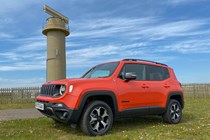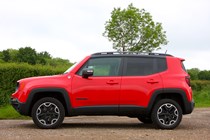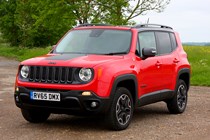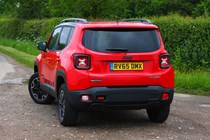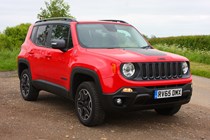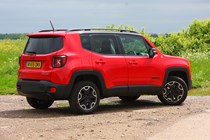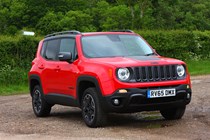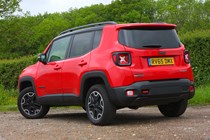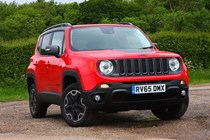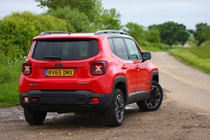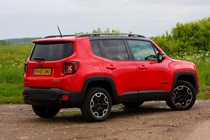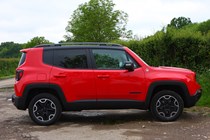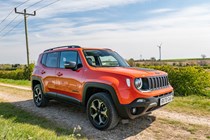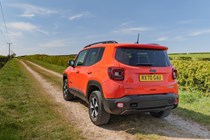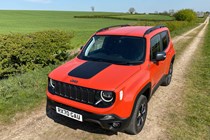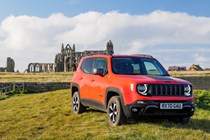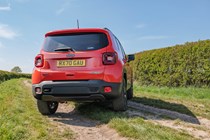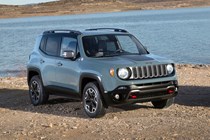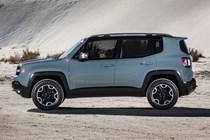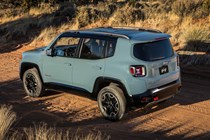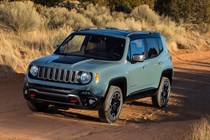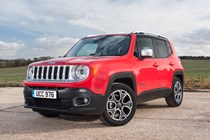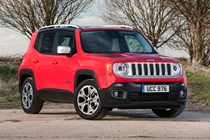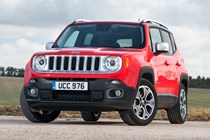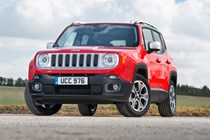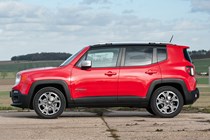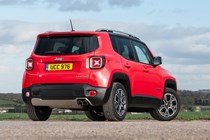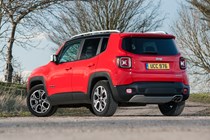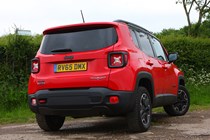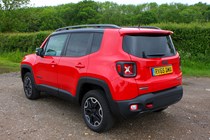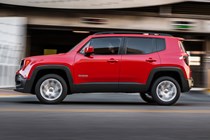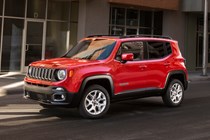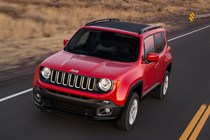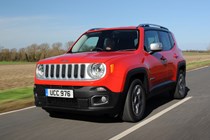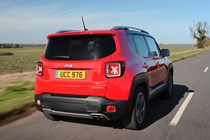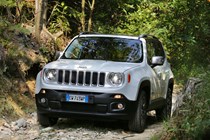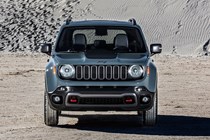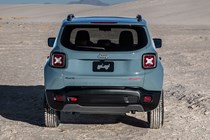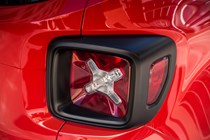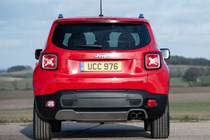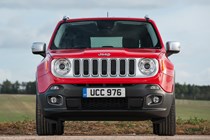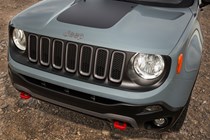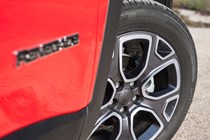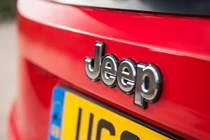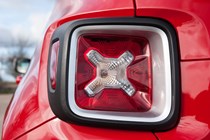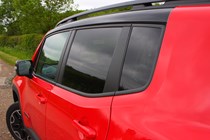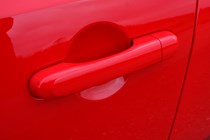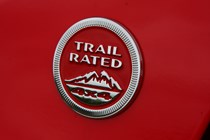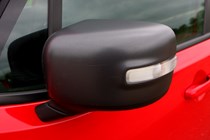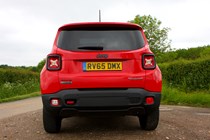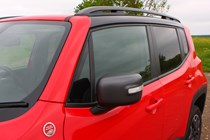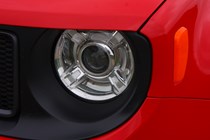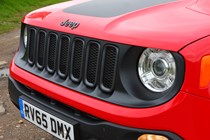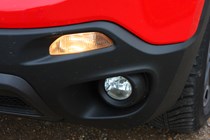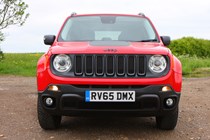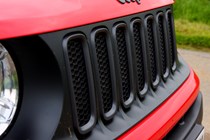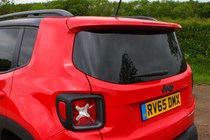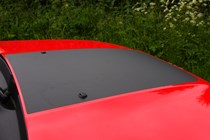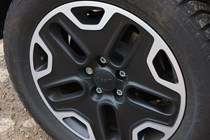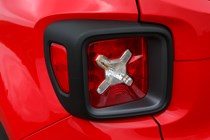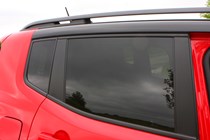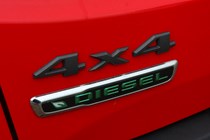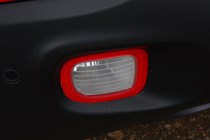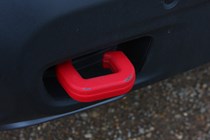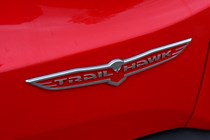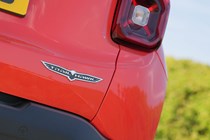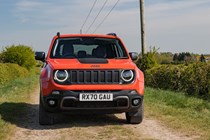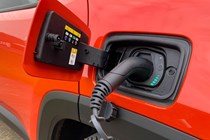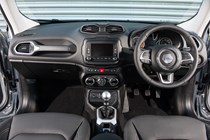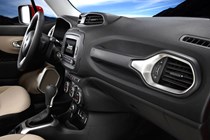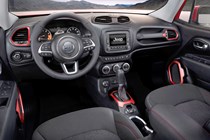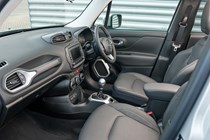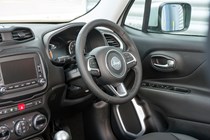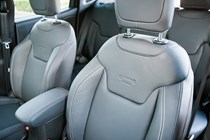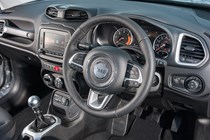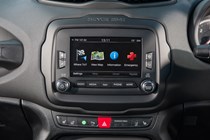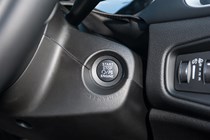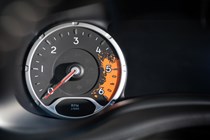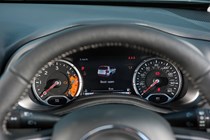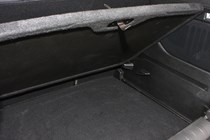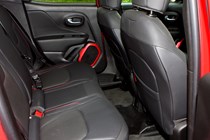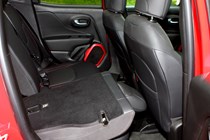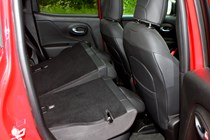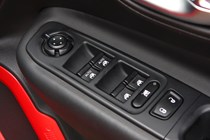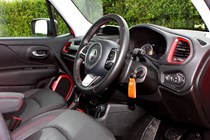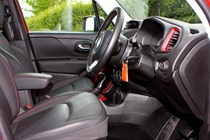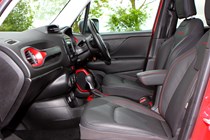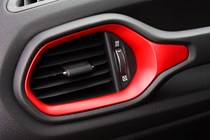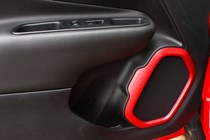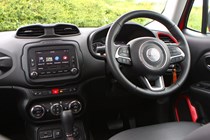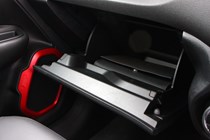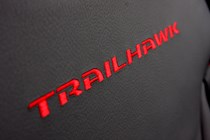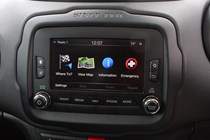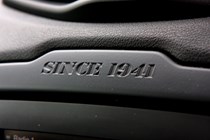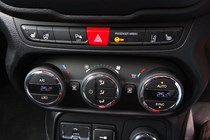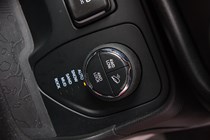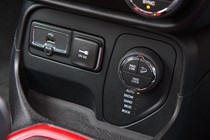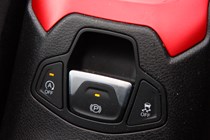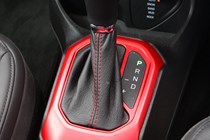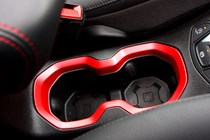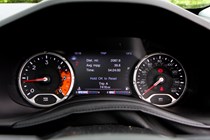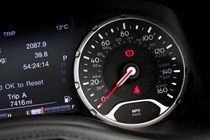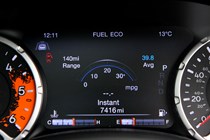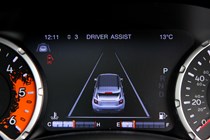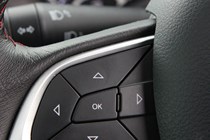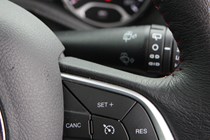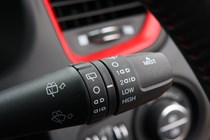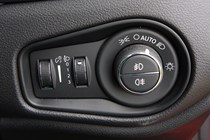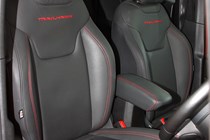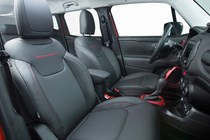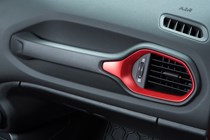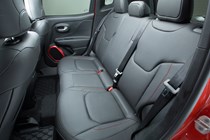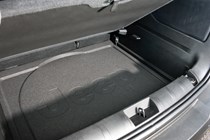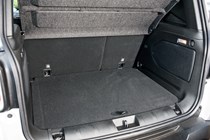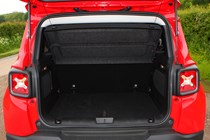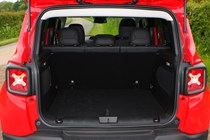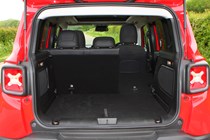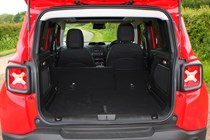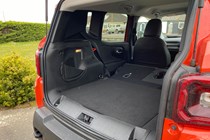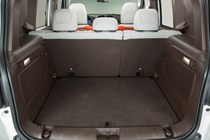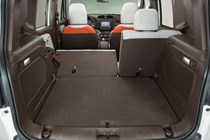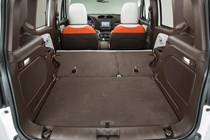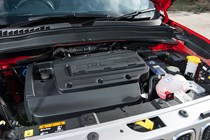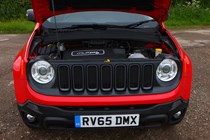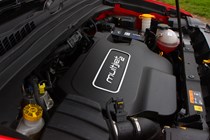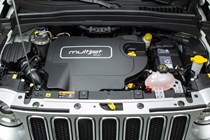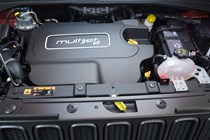Jeep Renegade engines, drive and performance
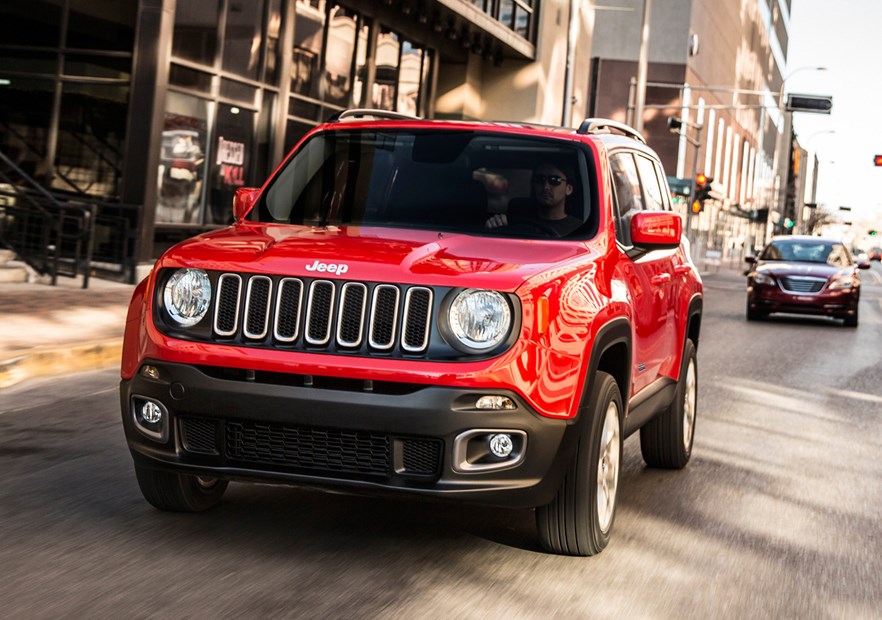
- Small petrol engines, two-wheel drive
- Plug-in and full hybrid options as well
- 4x4 only on older models and PHEV
Petrol engines
The Jeep Renegade features a range of small displacement, turbocharged engines. However, they’ve got enough power to match the pace – and almost, economy – of typical diesel models. Petrol options include a 120hp 1.0-litre three-cylinder with six-speed manual, or a 150hp 1.3-litre four-cylinder mated to a dual-clutch automatic.
They’re adequate for the car – both can propel the Renegade from rest to 62mph in around 10 seconds and both are reasonably refined, although there’s an audible gruffness when you ask them to work hard. Jeep’s six-speed manual gearbox is not particularly slick, but works well enough.
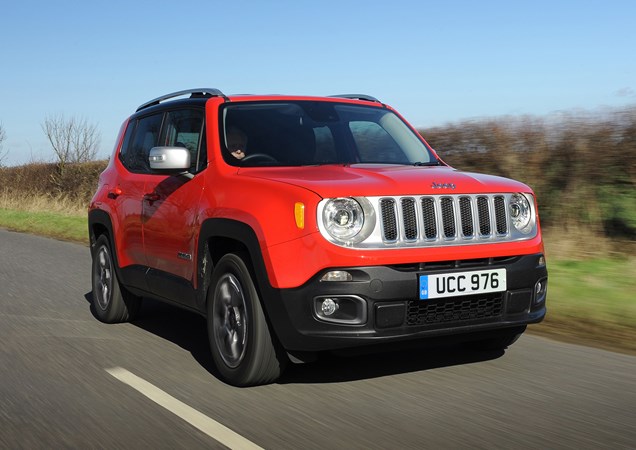
Hybrid engines
The newest addition to the line-up is the brand’s self-charging e-Hybrid system, which mixes a 1.5-litre four-cylinder petrol engine with an electric motor mounted in a seven-speed automatic gearbox. It produces 130hp and 240Nm of torque, which is enough to make the SUV feel nippy around town.
The system also comes with a limited pure-electric mode, which allows the motor to power the car entirely during low speed manoeuvring or when driving in slow traffic. The electric mode is smooth enough, although the system is quite jerky during the changeover from EV to hybrid mode.
Above that, there’s Jeep’s 4xe-badged plug-in hybrid model. This setup features a 1.3-litre petrol engine and an electric motor mounted on the rear axle, which furnishes the Renegade with four-wheel drive. Power also increases to either 180hp or 240hp, CO2 emissions fall dramatically and you gain a more extensive EV mode which can propel the Renegade on electric power alone for up to 26 miles.
The PHEV powertrain, specified with Jeep’s rough-and-tough Trailhawk trim is now the go-to option if you want a proper 4x4 Jeep Renegade. As an added benefit, it’s also the quickest on-road, with a 0-62mph time of just 7.1 seconds.
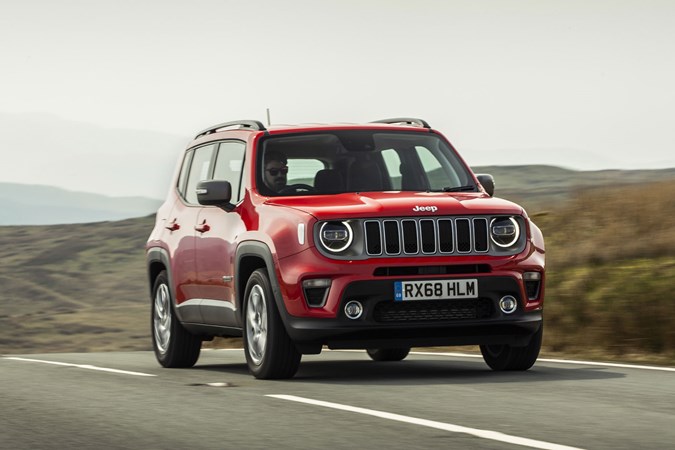
What’s it like to drive?
- Squat, planted stance corners well
- Most powerful 4xe is inconsistent
- Reasonably refine, but could be better
The goal of every small SUV maker seems to be to deliver the driving experience of a good hatchback, with the sqaure stance and tall position of a 4x4. Jeep’s done reasonably well with the Renegade, (especially given the car’s rather uninspiring Fiat Tipo roots), but it hasn’t exactly set new standards.
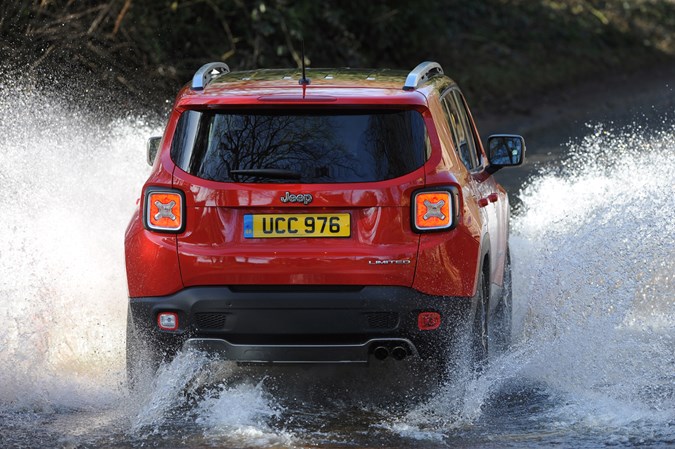
There’s plenty of grip available and the chassis (especially when equipped with Jeep’s four-wheel drive plug-in hybrid system) inspires a lot confidence in slippery conditions – but there are better options out there. If you’re desperate for a sharp-handling SUV, go for the Ford Puma instead. Want something more comfortable? Head to a Hyundai dealership and get behind the wheel of a Bayon.
Speaking of which, the Renegade isn’t the most comfortable car to take on a long journey. The seats are firm and the suspension is better-suited to dealing with low-speed potholes than uneven motorway surfaces. If you hit an expansion joint at speed, for example, you get a shudder through the cabin as punishment. The steering also needs constant correction on open stretches of road, as the blunt sides are a magnet for crosswinds.
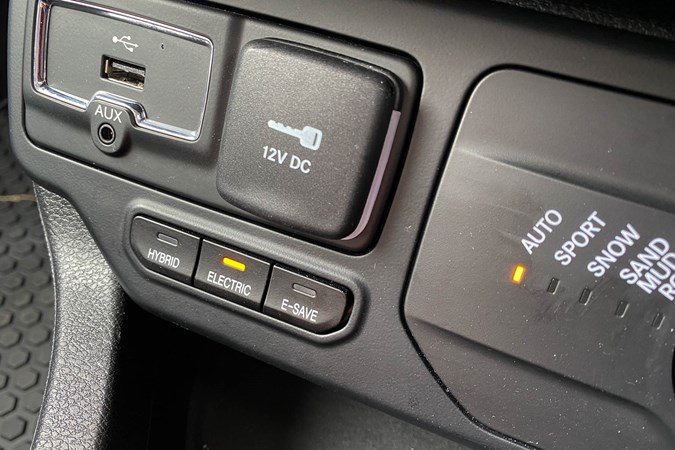
The hybrid systems leave a little to be desired, too. We’ll start with the plug-in model. The way the system delivers its power is scrappy, and the connection between the petrol and electric portions of the powertrain feels disjointed. Once you’ve run the battery pack flat, you’ll find that the engine becomes much more coarse, as it needs to work harder to drag around the dead weight of the cells and the motor. It’ll also drain its tank quicker as a result.
It doesn’t get all that much better if you opt for the self-charging e-Hybrid model, either. Yes, the battery is much smaller and charges by recovering the energy that would otherwise be wasted when braking – so you don’t have to worry about hauling around a heavy empty battery pack. But the power is still inconsistent in its delivery, and the system isn’t quick enough to engage the petrol engine when you need it most.
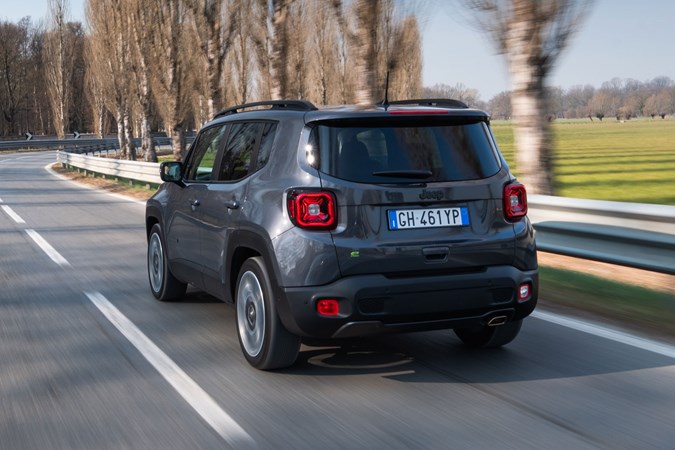
Let’s say you’re approaching a roundabout in town, running on electric power, but you need a quick burst of acceleration to get ahead of a car approaching from your right. When you plant the throttle, it takes a good two seconds before the petrol engine fires into life, by which point your window has passed.
As an aside, the Renegade is quite good off-road. It’s isn’t a Suzuki Jimny by any stretch of the imagination, but Jeep’s four-wheel drive PHEV system provides enough traction to scramble over most mud and dirt routes. The Renegade is a little short on ground clearance, though, so it will come unstuck if you ask it to crawl over large rocks.


